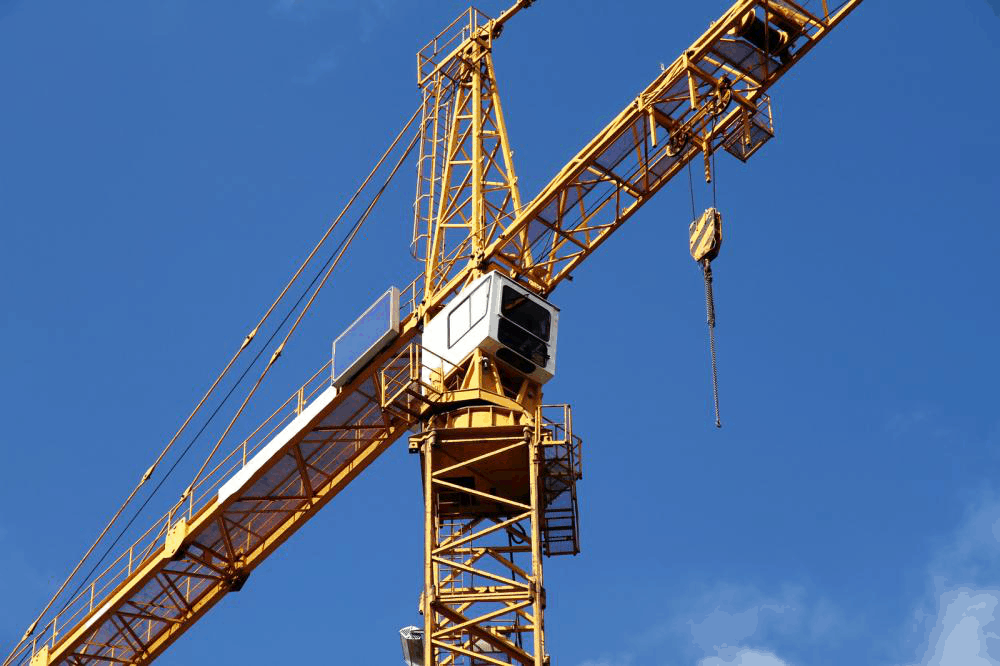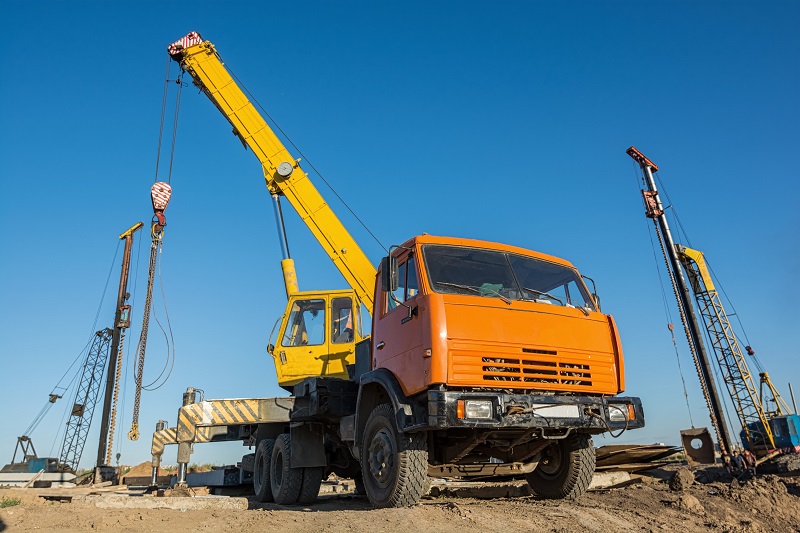
Construction cranes are extremely useful machinery at construction sites. They offer a convenient and efficient way to lift loads and unload them to heights in a matter of minutes.
Unfortunately, this benefit comes with a high price, i.e., the risk of accidents, which can be devastating and costly due to their large size and heavyweight.
READ: 10 Famous Crane Collapses of Modern Times
Handling crane operations is easier said than done. The lifting process using cranes is exceptionally complex and dangerous, and a lot of things can go wrong.
There are many risks involved that construction companies need to understand and mitigate to ensure safe crane operations.
In this article, we’ll learn why construction cranes are dangerous and how supervisors can ensure worker safety at the construction site:

Why Are Construction Cranes Dangerous?
There are numerous risks associated with the use of cranes at construction sites, which can be classified into three types of hazards:
- Electrical hazards: It refers to the accidents caused when a crane comes in contact with an overhead power source. These accidents can result in electrocution and prove to be fatal. In the United States, hundreds of crane operators and workers lose their lives due to electric shocks every year.
Here’s a guideline to preventing electrocutions for crane operators and crew members working near overhead power lines.
- Overloading hazard: Overloading is among one of the most common crane hazards that can lead to catastrophic accidents. It’s caused when a crane operator attempts to lift a weight that exceeds the crane’s lift capacity, which puts additional stress on the equipment. As a result, the crane gets off-balance and collapses or tips over.
- Falling material hazard: There’s always a risk of the material falling from a crane, which can cause severe damage to victims and nearby equipment. It can happen due to various reasons other than overload, including mechanical failure, hoist failure, visual impairment or negligence of crane operator, and more.
READ: Common Crane Accidents and How to Avoid Them!
What’s More?
The problems with cranes can occur during dismantling, erection, or any stage of the process.
Often, it can be hard to identify the exact reason that caused an accident due to multiple variables involved in a lifting process.
From poor weather conditions to structural issues, there can be a lot of factors that can play a part in a crane accident.
In many cases, the crane incidents take place due to mechanical failures. For instance, a rigging failure or boom coming in contact with power lines, etc.
In some cases, the accidents are operator related, i.e., due to poor judgment exercised by an operator.
It mostly happens when a crane operator isn’t provided with crane safety indicators.

How to Ensure Worker’s Safety at a Construction Site?
In addition to providing the workers with safety clothing, tools, and equipment like protective helmets, breathable clothes, gloves, safety goggles, and hours of training, here are some essential steps you should follow:
Create a comprehensive plan
First, it’s critical to put a detailed plan in place, which encompasses all the risks and hazards associated with the lifting process.
From picking the right equipment to ensuring proper maintenance of crane equipment, it should cover all the aspects related to crane operations.
According to OSHA guidelines, the plan must be developed by a qualified person, properly reviewed, and fulfill the requirement of 1926 Subpart CC.

Hire qualified crane operators and give proper training
You must hire qualified crane operators with a good understanding of crane operations and safety precautions.
If deemed necessary, additional training should be provided to ensure they can handle the crane operations safely and smoothly.
The OSHA safety standards also require that the employer must ensure that each operator is trained and certified, and evaluated before assigning them a responsibility to handle a crane.
Crane safety equipment
The crane operator should have crane safety equipment to eliminate potential dangers. It helps ensure maximum safety and protection of workers at the construction site.
For instance, an anti-two block system can prevent the risk of the hook block raising until it contacts the boom tip, which can lead to expensive damage.
Similarly, a load indicator can accurately calculate the load weight and help avoid overloading problems.
Moreover, a crane wind indicator can help warn about high wind speeds and gusts, which poses a safety risk to workers and surrounding property.

Effective communication is important
Planning, hiring qualified workers, and equipping them with quality crane capacity systems can significantly improve workers’ safety at the construction site.
While it drastically reduces the risks of crane accidents, it’s crucial to maintain effective channels of communication at job sites.
You should invest in quality two-way radios to ensure an effective line of communication between crane operators, supervisors, and workers.
It will help streamline the operations and keep everyone in the loop, so if there is a problem, workers will be notified quickly to keep themselves safe.
—
Claire is a senior business analyst who regularly contributes to our website. She’s a mechanical engineer who specializes in crane safety and provides consultancy services to help construction companies improve their workers’ safety. The author is currently working as a consultant for Crane Warning Systems Atlanta. To find out more about the company and RaycoWylie products, visit their website.
I am a guest blogger and I have published blogs to different sites.



















































































































































































